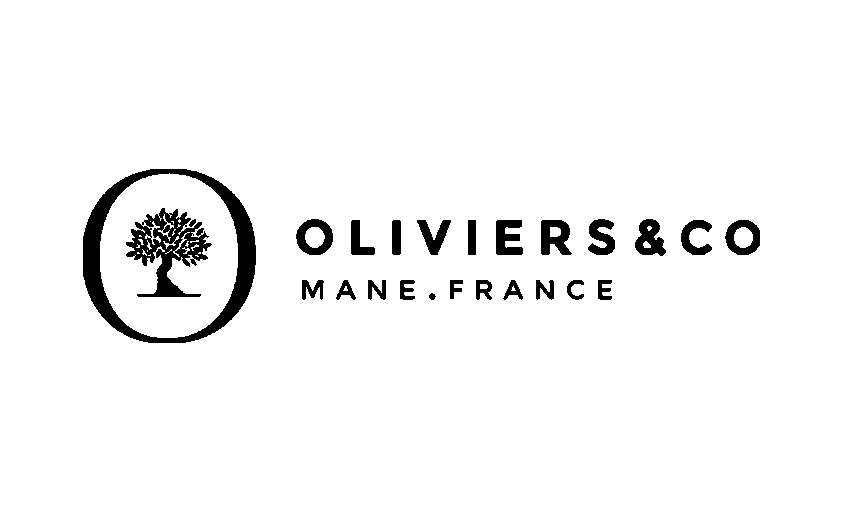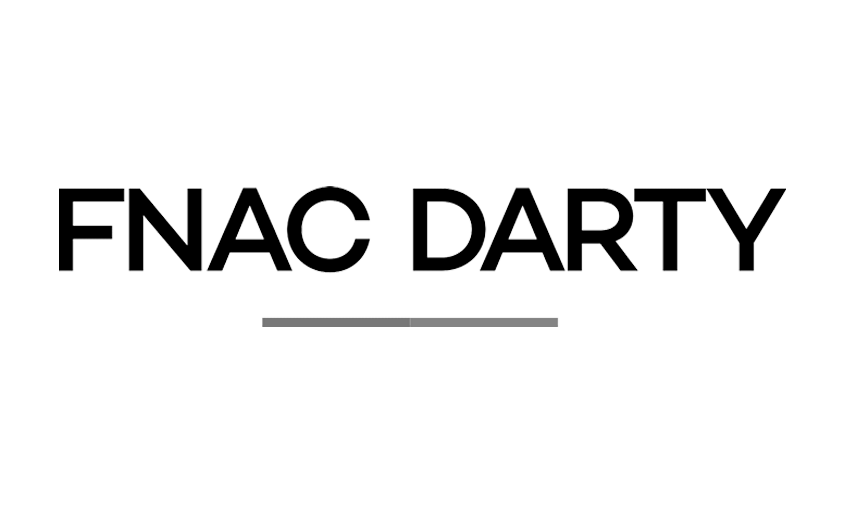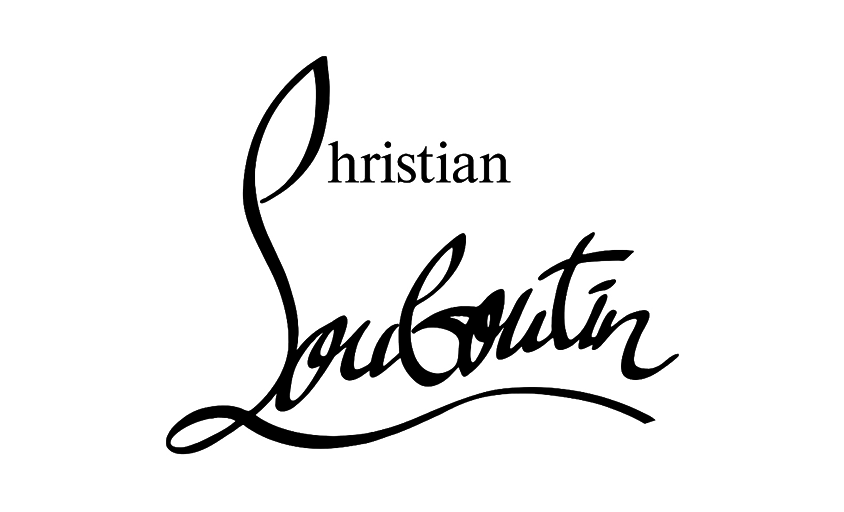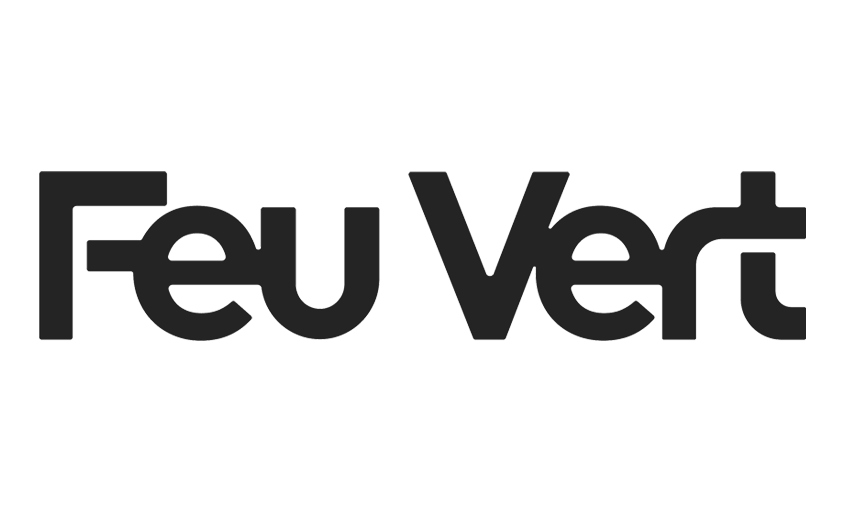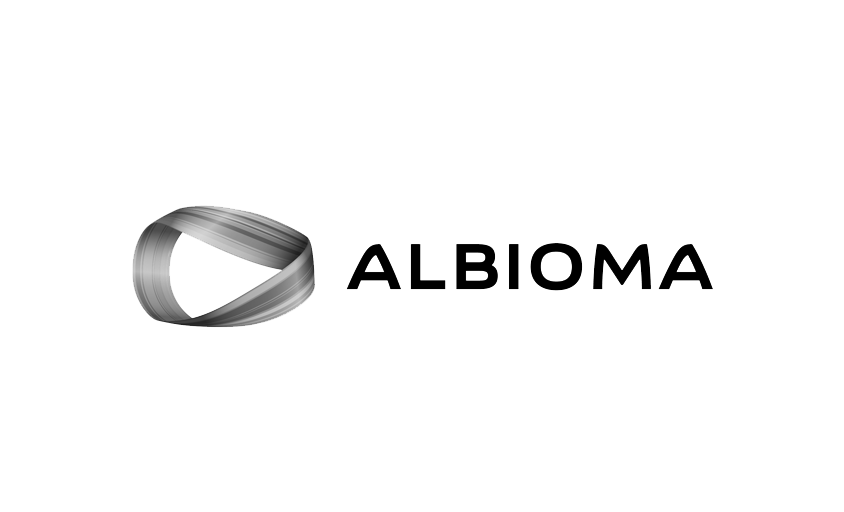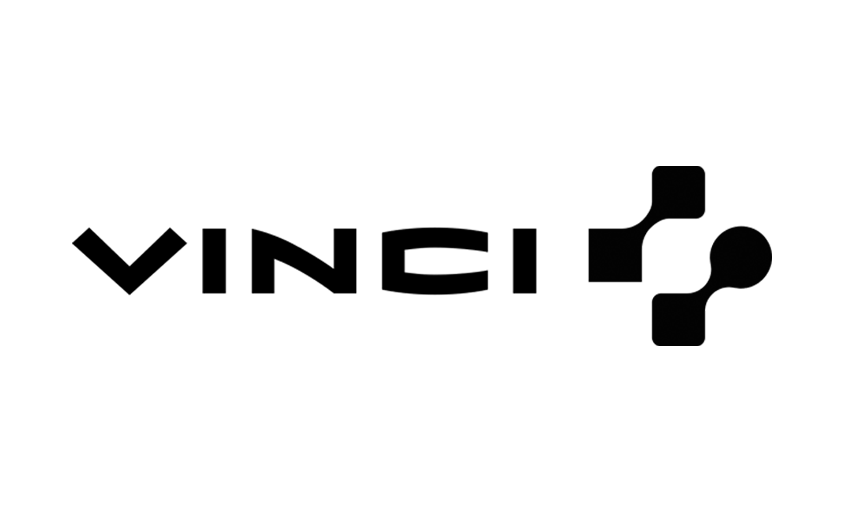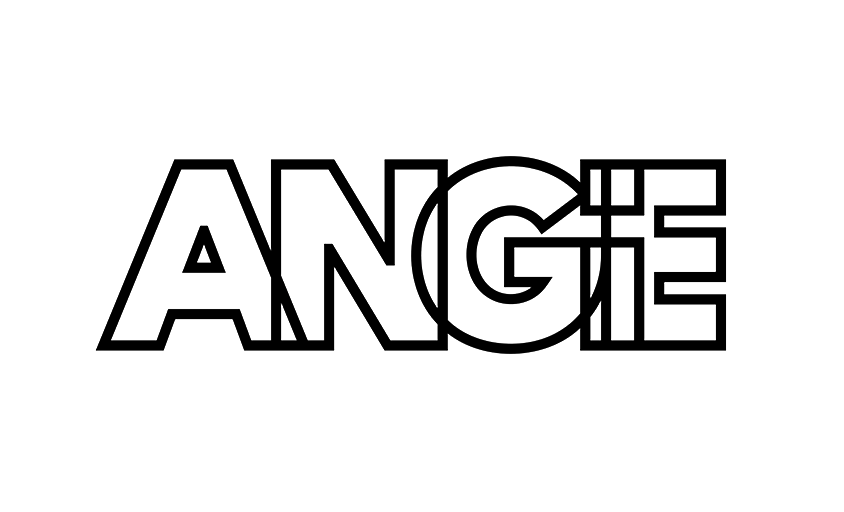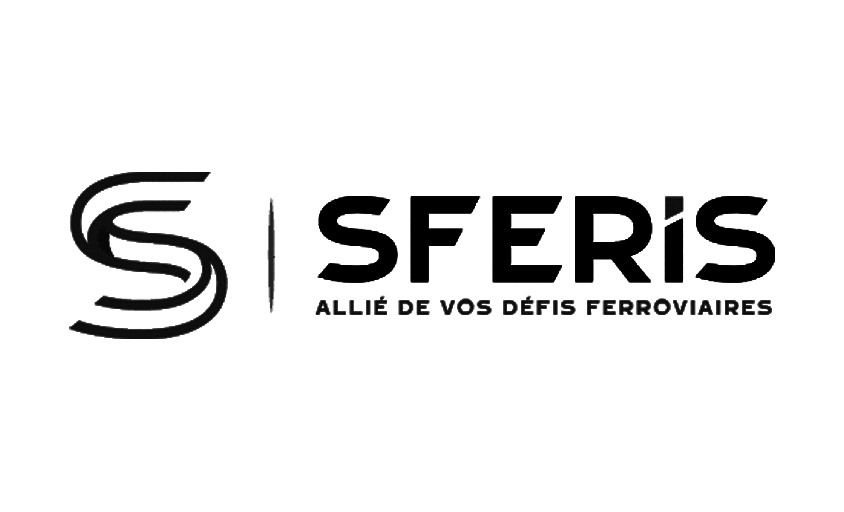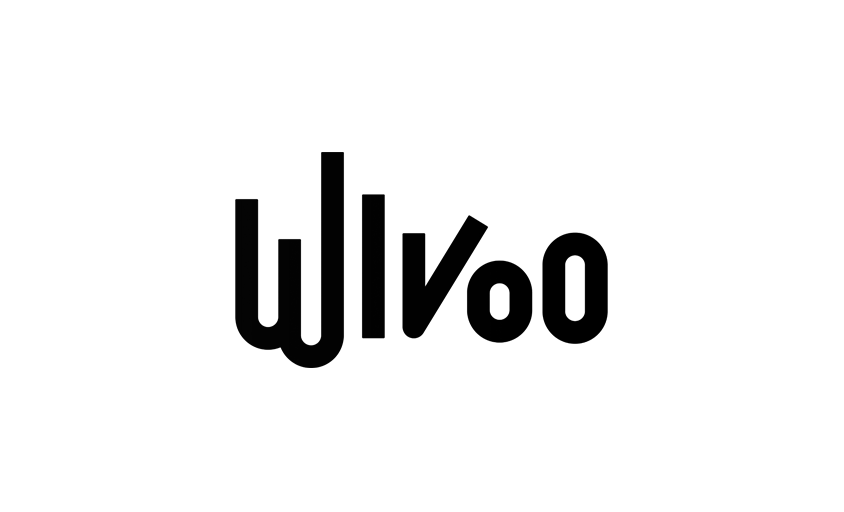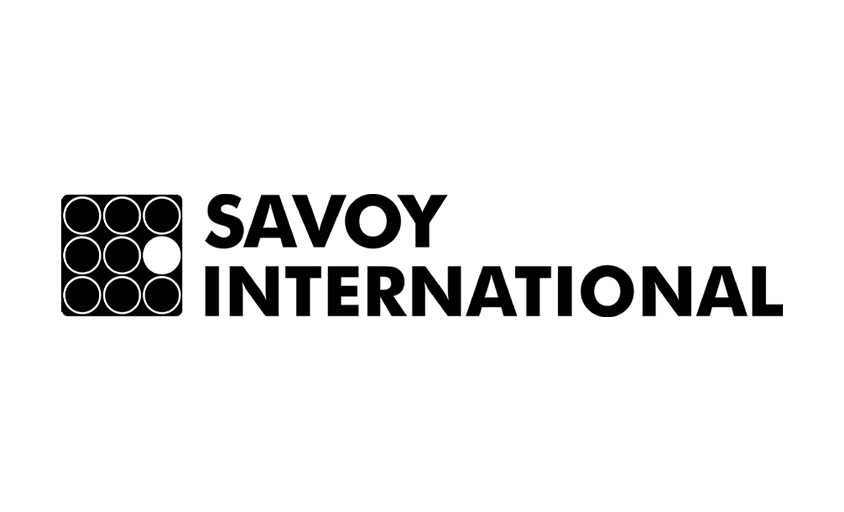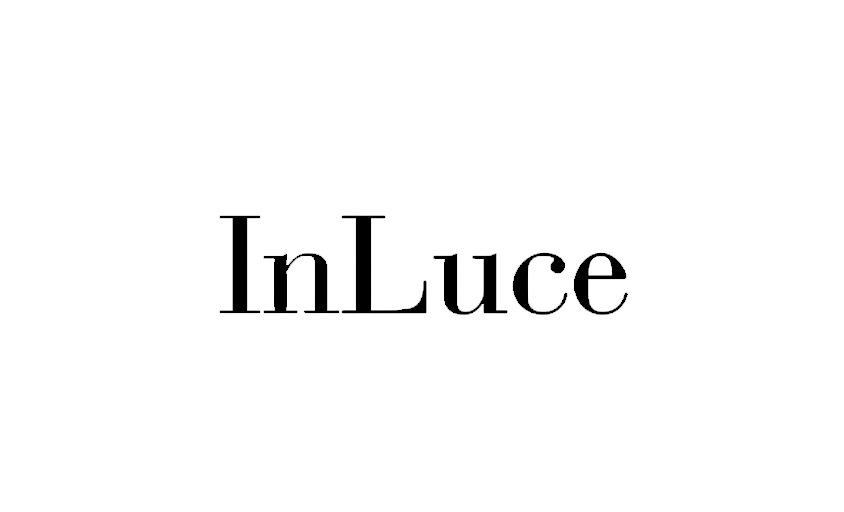How to Become an Architectural Photographer?
In this article :
The profession of architectural photographer is increasingly popular, combining photographic technique and artistic sensitivity to showcase architectural works. Whether it’s residential, commercial, or public buildings, architectural photography plays a crucial role in the communication efforts of architects, developers, real estate agencies, and specialized magazines. But how does one get started in this specific field? What training should be pursued, and which skills developed? This article guides you step by step to become an architectural photographer by exploring the key stages of the professional journey.
1. What is an architectural photographer?
An architectural photographer is a professional specialized in capturing images of buildings and built environments. Their goal is to highlight the design, volumes, materials, and atmosphere of a place through precise and aesthetic images. Unlike traditional photography, architectural photography requires particular mastery of framing, natural and artificial lighting, as well as a good understanding of architectural principles.
This profession demands a combination of strong technical skills, advanced camera handling, proficiency in editing software, and artistic qualities such as a sense of composition and the ability to convey the spirit of a building. Architectural photographers often work in collaboration with architects, real estate agencies, magazines, or developers, and their images serve both communication and archival purposes.
2. Training to Become an Architectural Photographer
Becoming an architectural photographer can follow different paths depending on your profile and goals. Several training options exist, ranging from traditional academic routes to self-taught learning.
Traditional Degree Programs
Photography schools offer specialized or general courses that provide a solid technical foundation. Relevant diplomas include the BTS Photography or art and design schools that offer specializations in architectural photography. These programs often include modules on composition, mastery of lighting, project management, and legal aspects related to image distribution.
Specialized Architecture Training
Some shorter courses, such as workshops or internships dedicated to architectural photography, are offered by professionals in the field. These programs focus on the specificities of the profession, such as perspective management, working outdoors, and highlighting materials and volumes.
Self-Taught Learning and Online Resources
The profession can also be largely self-taught thanks to the many resources available today: video tutorials, MOOCs, specialized forums, technical books. However, self-learners need to be disciplined, practice regularly, and seek real projects to improve.
3. Technical and Artistic Skills to Develop
To succeed as an architectural photographer, it’s not enough just to know how to use a camera. This profession requires fine mastery of several technical and artistic skills.
- Mastery of light: Light is the key element in architectural photography. The photographer must know how to use natural light to reveal the volumes, textures, and colors of buildings. They must also master artificial lighting, especially for interior or night shots, to create specific atmospheres.
- Framing and composition techniques: The framing must enhance the architecture while respecting its lines and proportions. Perspective management is crucial to avoid distortions. The photographer must also know how to play with angles, symmetries, and elements of the setting to give meaning to their images.
- Knowledge of camera equipment and software: Perfect knowledge of cameras (DSLRs, mirrorless, specialized lenses) is essential. In post-production, mastery of software like Adobe Lightroom and Photoshop allows adjustment of lighting, correction of perspectives, and enhancement of images while remaining faithful to the architectural reality.
- Artistic sensitivity and understanding of architecture: Beyond technique, a good architectural photographer develops an aesthetic sensitivity and an understanding of architectural codes. This enables them to interpret a building, tell a story through their images, and meet their clients’ expectations.
4. Building Your Portfolio and Finding Your First Clients
A targeted portfolio is an essential tool for a beginner architectural photographer. It should reflect your ability to showcase different types of buildings, demonstrating your technical mastery and artistic sense. Don’t hesitate to include personal or collaborative projects to enrich your portfolio.
To build this initial collection of images, it is important to multiply experiences: internships, collaborations with local architects, participation in association or event projects, or even shooting private or public spaces with permission.
Finding your first clients also requires a proactive approach. Networking is key: attend professional trade shows, join architects’ or photographers’ associations, and use professional social networks like LinkedIn or Instagram to get known.
Direct prospecting with architecture firms, property developers, or specialized media can also open opportunities. Offering an initial photo session at a reduced rate or in exchange for visibility can help convince clients and build credibility.
5. Career Prospects and Possible Evolutions
An architectural photographer can evolve toward different career paths. Some choose freelance work to enjoy great creative freedom and work directly with varied clients. Others join specialized agencies or photo studios, where they can participate in larger projects and collaborate with other professionals.
Over time, it is possible to specialize in niches such as interior photography, historic buildings, or urban projects. Some also develop complementary skills like virtual tours, drone photography, or video to diversify their offerings.
Conclusion
Becoming an architectural photographer requires passion, rigor, and continuous training. Beyond technique, curiosity about architecture and the desire to tell visual stories are major assets. Build a solid portfolio, seek to make yourself known, and always stay alert to the latest technical and artistic innovations in the field. With patience and determination, you can establish yourself in this demanding but fascinating sector.
Jérémy Carlo is the editorial director at Rétines, where he ensures the consistency and clarity of all content produced by the studio.
Our Clients
Let’s discuss
What we do for you at Rétines
Meticulous work, an organised project and fast delivery. And to achieve this, we mobilise the right resources in our teams at the right time.
01
Pre-production
Artistic and technical direction tailored to the project.
Relevant recommendations on content, form and resources.
02
Photo Shooting
Photos taken by our experienced photographers.
Production that’s controlled, efficient and tailored to the needs of the project, with nothing superfluous.
03
Retouching
Technique
Photographs magnified by our retouching team.
Post-production to meet the commercial challenges of the brief.

